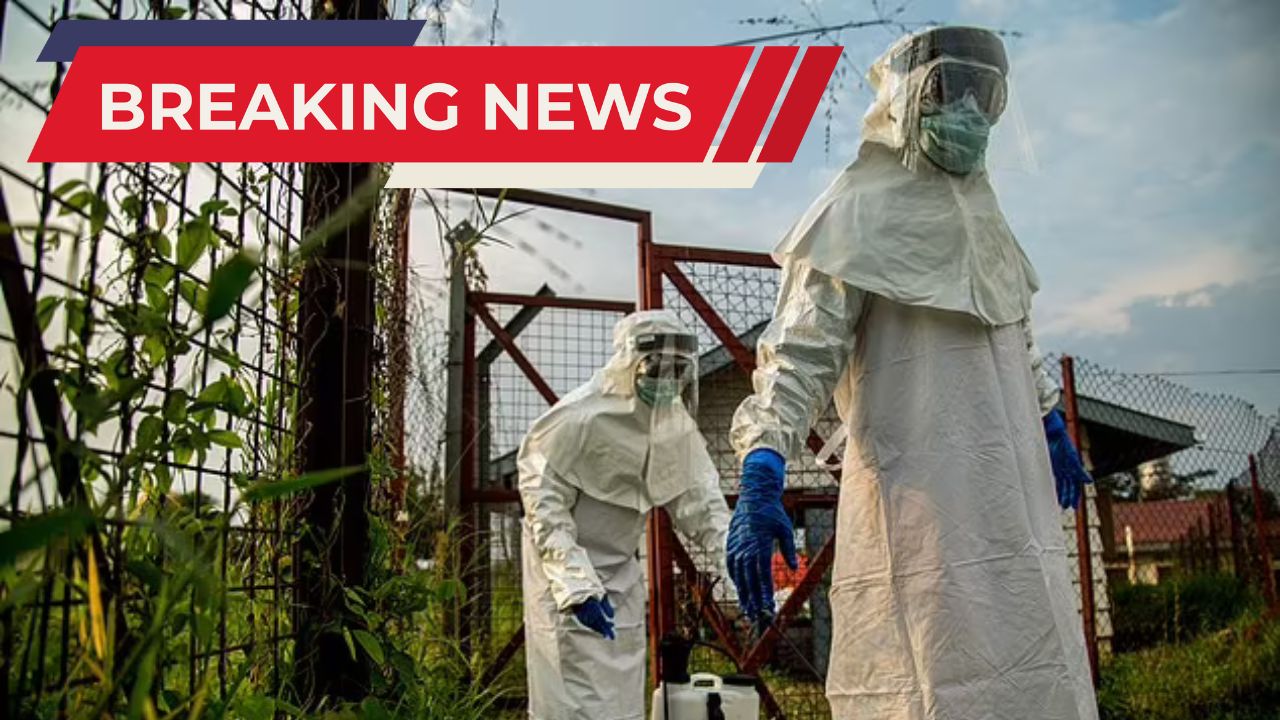A mysterious illness, leaving women and teenage girls shaking uncontrollably, has baffled doctors and health officials in Uganda. The condition, colloquially named “Dinga Dinga,” which translates to “shaking like dancing,” has affected around 300 individuals in the Bundibugyo district, with no reported cases outside the region thus far.
Symptoms and Impact of Dinga Dinga
Patients suffering from Dinga Dinga report severe body shaking that significantly impairs their ability to walk. Fever accompanies the tremors, leaving many individuals feeling weak and, in some cases, temporarily paralyzed. One patient, Patience Katusiime, shared her harrowing experience:
“I felt weak and got paralyzed, with my body shaking uncontrollably whenever I tried to walk. It was very disturbing.”
Fortunately, she recovered after receiving treatment at Bundibugyo Hospital.
Medical Response and Current Findings
Dr. Kiyita Christopher, the district health officer, confirmed that while the illness is treatable with antibiotics, its exact cause remains unknown. Samples have been sent to the health ministry for further analysis.
“There is no scientific evidence that herbal medicine can treat this disease. Patients usually recover within a week with proper medical care,” Dr. Christopher emphasized.
He urged locals to seek treatment from certified health facilities and avoid unverified herbal remedies.
Comparison to Recent Outbreaks
The emergence of Dinga Dinga follows closely on the heels of the monkeypox (mpox) outbreak that alarmed global health organizations. Earlier this year, the World Health Organization (WHO) declared the mpox outbreak a global public health emergency due to its high transmissibility and mortality rates in parts of Africa.
While the two illnesses are unrelated, the back-to-back health crises have highlighted the urgent need for robust healthcare systems and rapid diagnostic capabilities in the region.
What Is Being Done?
Health officials continue to monitor the situation in Bundibugyo and are working to prevent further spread. Public awareness campaigns stress the importance of early medical intervention, which has proven effective in managing the disease. Investigations are ongoing to identify the illness’s root cause and ensure that it does not escalate into a broader health crisis.
Key Takeaways
- Symptoms: Uncontrollable shaking, fever, and difficulty walking.
- Treatment: Treatable with antibiotics; recovery typically occurs within a week.
- Current Status: Around 300 cases reported in Uganda’s Bundibugyo district.
- Call to Action: Seek medical care at official health facilities; avoid unverified herbal remedies.
Looking Ahead
As Uganda continues to address this baffling illness, the focus remains on supporting affected communities and identifying the disease’s origins. With ongoing research and cooperation among healthcare professionals, there is hope for uncovering solutions that will safeguard public health and prevent similar outbreaks in the future.
Stay Connected With Google News
Related Post For You :-
CDC Confirms First Severe Bird Flu Case in the U.S. 2025 Vitamin D: What It Does and Why It Won’t Prevent Falls or Fractures Surprising Reasons Why the Holidays Can Be Hard on Your Heart Russia to Launch Free Cancer Vaccine in 2025 What’s Happening With Tonix Pharmaceuticals Stock Today?





